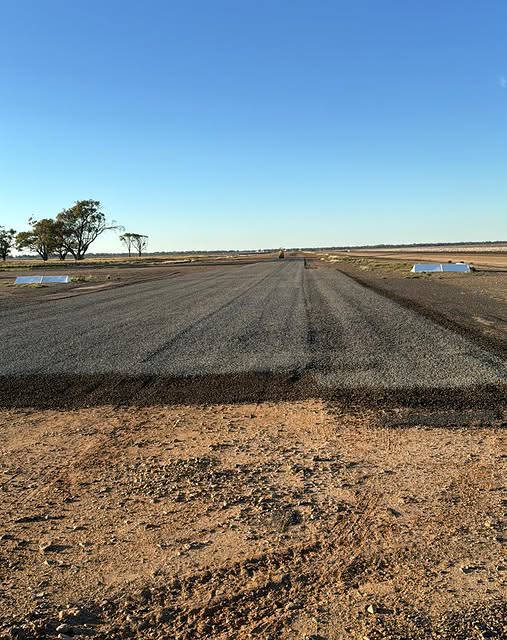
Civil engineering is at the forefront of innovation, adapting rapidly to meet the needs of a changing world. As we step into 2025, the construction industry faces new challenges and opportunities, driven by advancements in technology, sustainability, and urbanization. Here, we explore the top trends transforming civil engineering and shaping the future of construction.
1. Green Building and Sustainability
Environmental sustainability has become a cornerstone of modern construction practices. Green building technologies are not just a trend but a necessity to combat climate change and reduce carbon footprints. Civil engineers are increasingly incorporating sustainable materials, such as recycled steel and self-healing concrete, into their designs.
Key Innovations:
- Green Roofs and Walls: These features improve insulation, reduce energy consumption, and enhance air quality.
- Net-Zero Buildings: Structures designed to produce as much energy as they consume, often powered by renewable energy sources like solar and wind.
- Water Conservation Systems: Rainwater harvesting and greywater recycling are becoming standard in sustainable construction projects.
By embracing green construction, engineers and architects are creating buildings that are not only environmentally friendly but also cost-effective in the long term.
2. The Rise of Smart Cities
Smart cities are revolutionizing urban planning and construction. Civil engineers play a critical role in designing infrastructure that integrates advanced technologies to improve efficiency and quality of life for residents.
Features of Smart Cities:
- IoT-Integrated Infrastructure: Sensors monitor traffic, energy usage, and environmental conditions in real-time.
- Efficient Public Transport: Automated and electric public transportation systems reduce emissions and congestion.
- Sustainable Urban Planning: Mixed-use developments and pedestrian-friendly designs promote sustainable living.
The adoption of smart city technologies ensures that urban spaces are more livable, sustainable, and resilient to future challenges.
3. Innovations in Asphalt Resurfacing and Paving
Asphalt resurfacing and asphalt paving have seen significant advancements, making these processes more efficient and durable. Engineers are leveraging modern techniques to improve road quality and longevity.
Key Developments:
- Bitumen Spray Seal: A cost-effective method to protect road surfaces and extend their lifespan by preventing water infiltration and cracking.
- Eco-Friendly Asphalt: Use of recycled materials and additives to enhance sustainability.
- Automated Paving Machines: Precision equipment ensures even asphalt layers, reducing waste and improving performance.
These innovations are not only improving road infrastructure but also contributing to reduced environmental impacts.
4. Resilient Infrastructure
As climate change intensifies, the need for resilient infrastructure becomes increasingly urgent. Civil engineers are designing structures that can withstand extreme weather events, earthquakes, and other natural disasters.
Features of Resilient Infrastructure:
- Flexible Building Materials: Materials like shape-memory alloys can adapt to environmental stressors.
- Flood-Resistant Designs: Elevated buildings, permeable pavements, and advanced drainage systems mitigate flood risks.
- Seismic-Resistant Structures: Incorporating shock absorbers and base isolators helps buildings withstand earthquakes.
By focusing on resilience, engineers ensure that critical infrastructure remains functional and safe during emergencies.
5. Focus on Modular and Prefabricated Construction
Modular and prefabricated construction methods are gaining popularity due to their speed, cost-effectiveness, and sustainability. These techniques involve assembling building components off-site and transporting them for final installation.
Benefits of Modular Construction:
- Reduced Construction Time: On-site assembly is faster than traditional methods.
- Cost Savings: Lower labor and material costs make modular construction a budget-friendly option.
- Sustainability: Prefabrication minimizes waste and energy consumption during construction.
From residential buildings to large-scale infrastructure projects, modular construction is proving to be a game-changer for the industry.
6. AI and Machine Learning in Civil Engineering
Artificial intelligence (AI) and machine learning are transforming how civil engineers design, plan, and manage projects. These technologies analyze vast amounts of data to provide actionable insights, improving decision-making and efficiency.
Applications of AI:
- Predictive Maintenance: AI-powered systems monitor infrastructure health and predict maintenance needs, reducing downtime and costs.
- Optimized Design: Machine learning algorithms generate optimized designs based on specific project requirements.
- Risk Management: AI identifies potential risks in construction projects, enabling proactive measures to mitigate them.
AI-driven solutions are not only enhancing productivity but also ensuring safer and more reliable infrastructure.
7. Circular Economy in Construction
The concept of a circular economy is gaining traction in the construction industry. Instead of the traditional linear approach of “take, make, dispose,” this model emphasizes recycling and reusing materials.
Practices in a Circular Economy:
- Deconstruction: Salvaging materials from old buildings for reuse in new projects.
- Material Innovation: Developing recyclable and biodegradable construction materials.
- Lifecycle Assessment: Evaluating the environmental impact of materials throughout their lifecycle.
Adopting a circular economy reduces waste, conserves resources, and promotes sustainability.
8. Advanced Construction Technologies
Modern construction is increasingly defined by cutting-edge technologies that enhance efficiency, accuracy, and safety. From robotics to 3D printing, these advancements are revolutionizing how projects are executed.
Key Technologies:
- Building Information Modeling (BIM): A collaborative process that creates detailed 3D models for better planning and execution.
- 3D Printing: Used to produce building components with precision, reducing material waste and construction time.
- Construction Robots: Robots handle repetitive tasks like bricklaying and concrete pouring, ensuring consistent quality and reducing human error.
These technologies not only accelerate construction timelines but also make projects more cost-efficient and environmentally sustainable.
Conclusion
The future of civil engineering lies in innovation, sustainability, and resilience. By embracing trends such as green building, smart cities, advanced technologies, modular construction, and techniques like asphalt resurfacing and bitumen spray seal, the industry is poised to meet the challenges of a rapidly changing world. Civil engineers will continue to play a vital role in shaping a sustainable and resilient future, ensuring that construction projects are efficient, environmentally friendly, and adaptable to evolving needs.
As we move forward, collaboration among engineers, architects, policymakers, and communities will be essential to drive these trends and create infrastructure that stands the test of time.